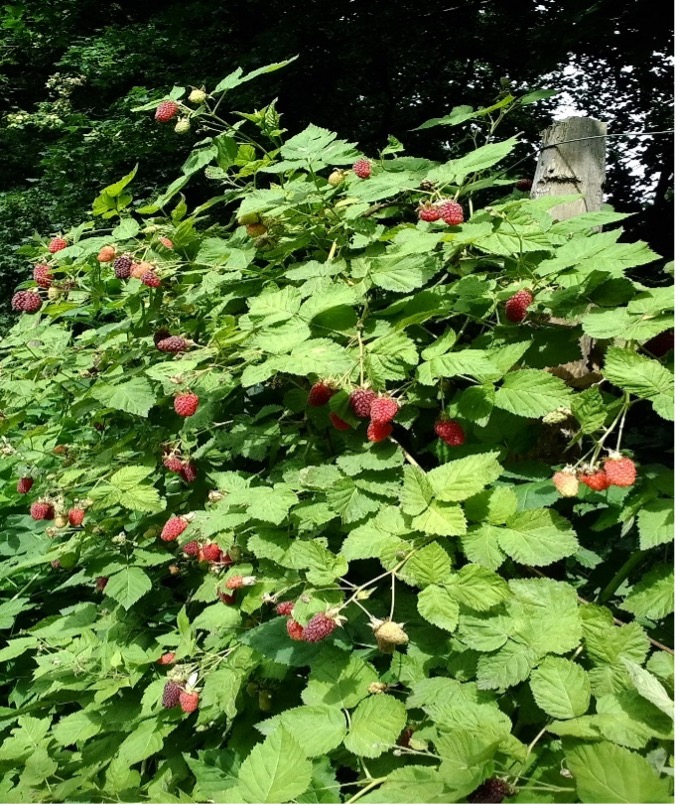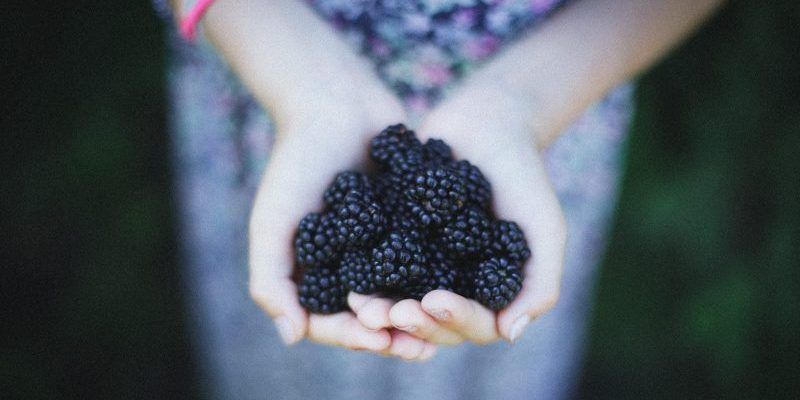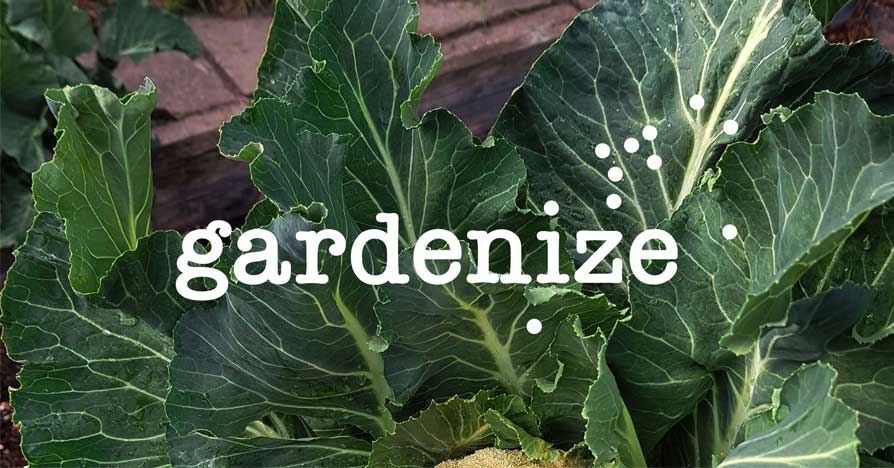Blackberry season is here
September is a wonderful month for harvesting fruit: apples, pears, plums, raspberries, strawberries, blueberries…. the list goes on and on. But the fruit that I associate most with this time of year is the blackberry, and this year has been especially good for them.

There is something very satisfying about picking blackberries, especially in the wild. All the effort you have to go to in order to avoid the thorns and the nettles which always seem to grow next to them makes everything worthwhile – not to mention the juice, which stains your hands purple. And of course, you have to eat a few while you’re picking them, just to check whether they’re ripe or not.
If you have cultivated blackberries in your garden, everything is much easier, especially as many of them are thornless. But, for me, the flavour of the wild ones is so much better.
The other good thing about blackberries is that, if you can’t use them straight away, they freeze well or can be turned into jam or used to make wine or cordials. They seem to have an affinity with apples, which are, conveniently, available at much the same time.
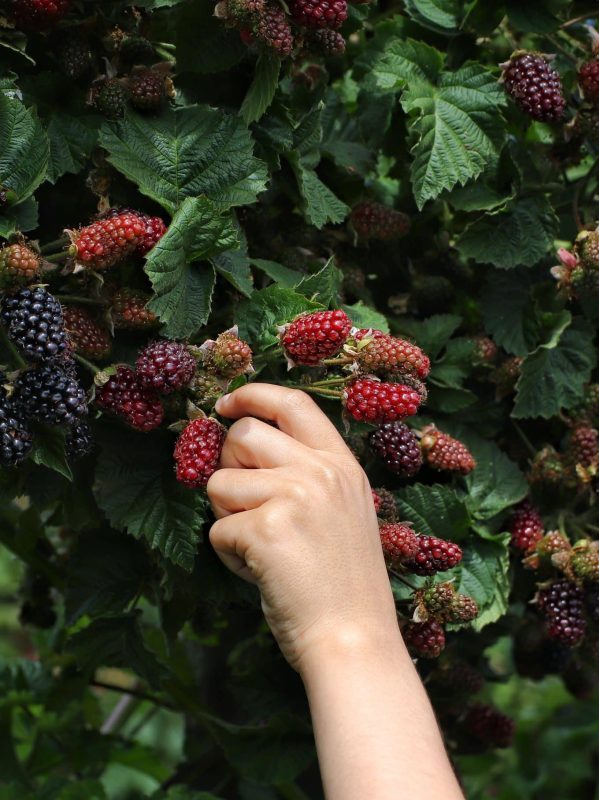
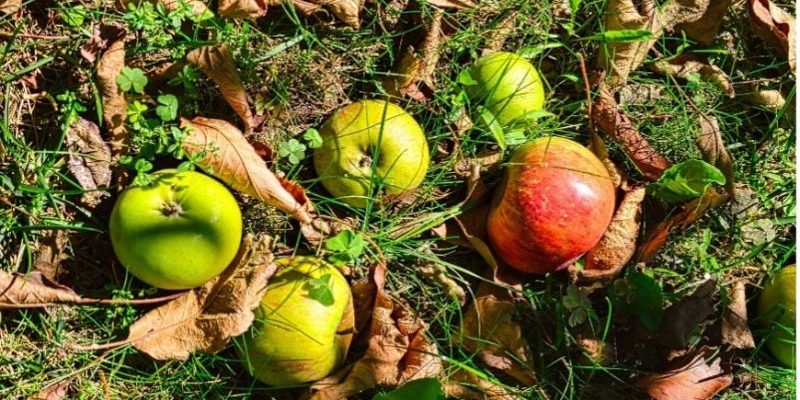
THE ORIGINS AND COMMERCIAL PRODUCTION OF BLACKBERRIES
Just to be awkward, blackberries are not always black, and they are not true berries. They are actually “aggregate fruits”, agglomerations of individual berries known as drupelets. And, although it sounds like an anomaly, there are white varieties of the blackberry, such as “Polarberry”.
Blackberries have apparently been around for over 2,000 years, and have been used for culinary and medecinal purposes as well as for protective hedgerows. It is difficult to pinpoint exactly where they originated, since the genus Rubus that they belong to is one of the most diverse and complex of any fruit crop. The original species has been crossed so many times that it makes it difficult to trace the lineage of the modern blackberry.
Blackberries are also known as brambles, brummels and brambleberries. Evidence of blackberry consumption can traced back to the Iron Age some 2,500 years ago. The ancient Romans used them medicinally and Native Americans used them not only as a food source, but medicinally and to dye animal skins. The canes were also used to make twine.
The Anglo-Saxons used the fruit in pies to celebrate the first fruit feast of Lughnasadh at the end of the summer, and brambles were often planted around villages to deter large animals or marauders.
Blackberries were generally considered to be an uncultivated fruit until the 19th century when they were crossbred with raspberries (by a Judge James Harvey Logan) to produce the loganberry.
GROWING BLACKBERRIES
Growing your own blackberries is not difficult. Keeping them under control can be.
One blackberry plant of the more vigorous varieties can have a spread of 4 metres or more and the less vigorous varieties will require about 1.2metres. It’s worth checking planting distances (which should be on the plant label) when you buy a blackberry to make sure that you have enough room. As blackberries are self-fertile, you really need only one plant for fruit to form. Blackberries can be productive for many years, although the amount of fruit they produce is likely to decline as time goes on. Blackberries root as they go, so don’t let the growing tips of the canes to touch the ground unless you want more plants.
Containerised blackberries can be planted at any time of the year, but they will settle in best if planted between late Autumn and Spring. Unlike many other fruits, blackberries will grow in shade. They thrive best, however, in full sun in free-draining soil. Most blackberries will require some kind of support by being tied to a network of wires against a wall or fence.
If your space is limited, you could try a trailing blackberry variety, such as “Black Cascade” that can be grown in a hanging basket, or a dwarf blackberry such as “Opal” that grows as an upright bush to only 90cm. tall.
USING BLACKBERRIES IN RECIPES
Once you’ve picked your blackberries, whether cultivated or from the wild, there are so many things you can do with them. If you can’t use them straight away, you can store them in the fridge for a few days, after which time they will become mouldy. Otherwise, it’s best to freeze them in plastic bags or boxes. This will extend their life by up to nine months.
Here is one of the recipes I’ve tried, using blackberries.
Blackberry and apple Crumble Pie
Blackberry Cobbler

ABOUT THE AUTHOR
Caroline Bowman has been hooked on gardening ever since she grew some thyme from seed and planted it in a window box when she lived in a flat in London. Fifty years later she is still hooked on gardening, but now she lives in Lincolnshire in England where they have quite a big suburban garden as well as an allotment, where they grow fruit and vegetables. Caroline loves flowering plants, in particular, herbaceous perennials and she likes finding out about the more unusual varieties that will do well in the English climate and soil.
GARDENIZE GARDEN APP
A gardening friend with a green thumb and photographic memory
Gardenize is an app for gardening and cultivation that helps you to overview, understand and develop your garden and your gardening skills. Order makes it easier to succeed and Gardenize structures information and photos and makes it searchable for you. You also get tips and inspiration from other Gardenizers around the world. Gardenize is free to use and you can download Gardenize from the App Store or Google Play, or create an account for the Gardenize web app for web browsers.
Get to know Gardenize better here.

